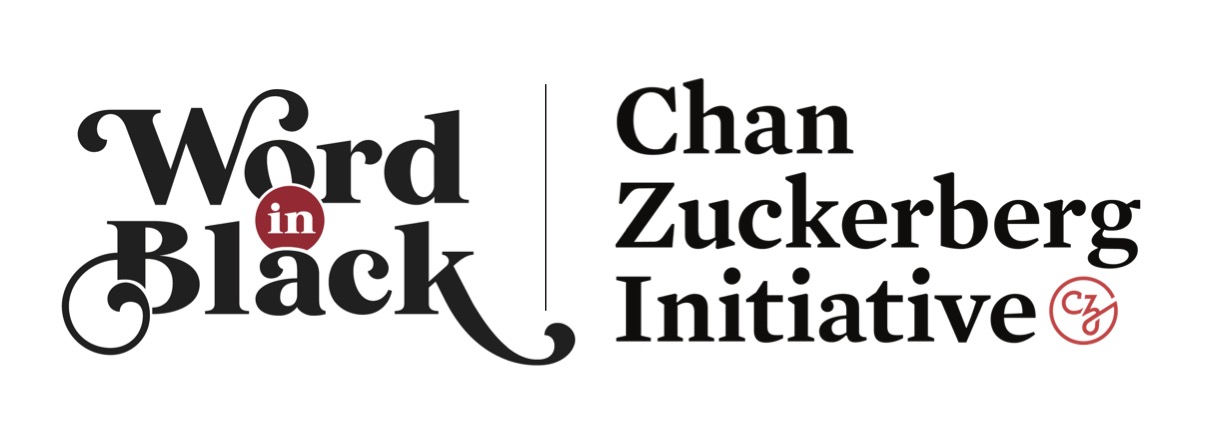By Anna Gay
Ask any parent you know: “What’s it like these days?” You’ll likely hear us trying to find the silver lining. “It’s interesting,” some say. “These pandemic babies, they’re different,” say others. Make no mistake about it: parenting is hard. Those of us who had infants or primary-aged children at Peak Pandemic [you know…the cute part of lockdown when all your single kid-free friends were soaking up their backyard sun and baking bread] very likely have PTSD and/or have new prescriptions for Lexapro in our files.
As hard as parents have it, though, the kids have it harder. Children’s mental health is in crisis mode, as our country struggles to address them with equity in mind. Our teens’ brains aged faster in the first year of the Pandemic, stress being the main factor. Learning loss, however you feel about the issue, is a tangible experience for our kids and for our schools. There’s a way to help alleviate some of that stress for our children, and it isn’t anything new: support their learning at home. What might feel new to parents is how to do it. My suggestion? Jump on the ed tech [educational tech] bandwagon. Children who feel supported academically and emotionally at home are much more likely to do well in school. Parents who want to bridge learning gaps for their children would do well to join forces with their children’s teachers and use the very same apps they use at school.
Here are five popular tools that your kiddo is likely already using at school and that you can use at home without being a teacher:
Quizlet
Quizlet is an incredible study tool for information that needs to be memorized: vocabulary words for reading classes, important events in history, the stages of mitosis in Biology, etc. Think of them as virtual flashcards. What makes Quizlet powerful is that students have the option to study in a “traditional” way [flipping cards one by one] or to gamify their experience. They can even make it social and race each other to get the most correct answers in the fastest time. If you’ve got a kiddo who struggles with retention, incorporate Quizlet into their study routine. Use the app or use it straight on the web at quizlet.com.
Kahoot [kahoot.com]
Kahoot is another fun learning tool great for helping our kiddos retain their learning. Kahoot is best used for content that has concrete answers [much like Quizlet]. At one point during The Great Pause, it wasn’t even 10am, and I had two six-year old’s and a toddler all screaming at me to entertain them. It felt surreal—what had I done in my life to become a jester to these tiny tyrants? Then I remembered Kahoot. It took about ten minutes to create my own kahoot by putting together some random 1st grade trivia, and by the end of the game, it was lunchtime and at least they were screaming in hunger instead of boredom. Kahoot is fun and promotes healthy competition, and the music is infectious. Use the app or head over to kahoot.com to experience it for yourself.
Audiobooks
Sitting still long enough to learn to enjoy reading [enjoying it doesn’t come naturally to lots of kids, so many have to learn to like it] has always been a struggle for my kid with ADHD. Her brain is going a mile a minute, so her body wants to follow. Her attitude toward reading flipped when I changed my attitude about audiobooks. Listen, audiobooks aren’t cheating. If this English teacher [hi, it’s me!] doesn’t apologize for sometimes reading with audiobooks, our kids certainly shouldn’t have to. There are plenty of apps for audio reading these days. Audible is likely one you’ve heard of. Most school districts have also waded into the audiobook pool—DallasISD uses the app Sora, by the way [ask your child’s librarian for login credentials]. And even our city libraries have audiobooks; check out Libby, which will link your library card to your account. The rule of thumb is for kids to read about 20 minutes each day—take a little of the anxiety out of it by using audio to supplement the books.
Headspace or Radio Headspace
If you haven’t yet heard the acronym “SEL,” [Social Emotional Learning] from your child’s school, you haven’t been paying attention. SEL [or social emotional learning] is at the forefront of everyone’s mind in these years coming out of the Pandemic, as teachers seek a sense of normalcy in their classrooms. Because our kids’ mental health is especially precarious, teachers all over the planet are making a concerted effort to include various mindfulness activities into their everyday routine. Headspace is what I use in my own classroom and at bedtime with my own children. Headspace, as opposed to so many of the various meditation apps that are available, can be used with even our youngest children. The change after a 5 or 10-minute session is palpable: kids are calmer, more relaxed, and can focus for longer. Make it a family activity or use it for yourself at headspace.com. If you want a quick podcast for your morning commute, check out Radio Headspace on Spotify or Apple Podcasts.
GoNoodle
Stress relief doesn’t always look like deep breathing, though. Sometimes we just need to move! GoNoodle is a tool that many schools use when outdoor recess isn’t an option or maybe just to get the wiggles out between activities. It’s hard to describe GoNoodle. Remember “skidamarink-a-dink-a-dink”? It’s like that, except cooler, catchier, and more educational. My 3-year-old will never not know his cardinal directions because he will “never eat soggy waffles, whoa-oh-oh-oh-oh!” It’s surprising how educational GoNoodle can be. Your kids will love the silliness, but you’ll love the lessons! Check it out on gonoodle.com.









